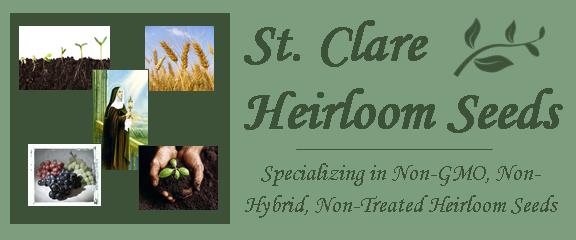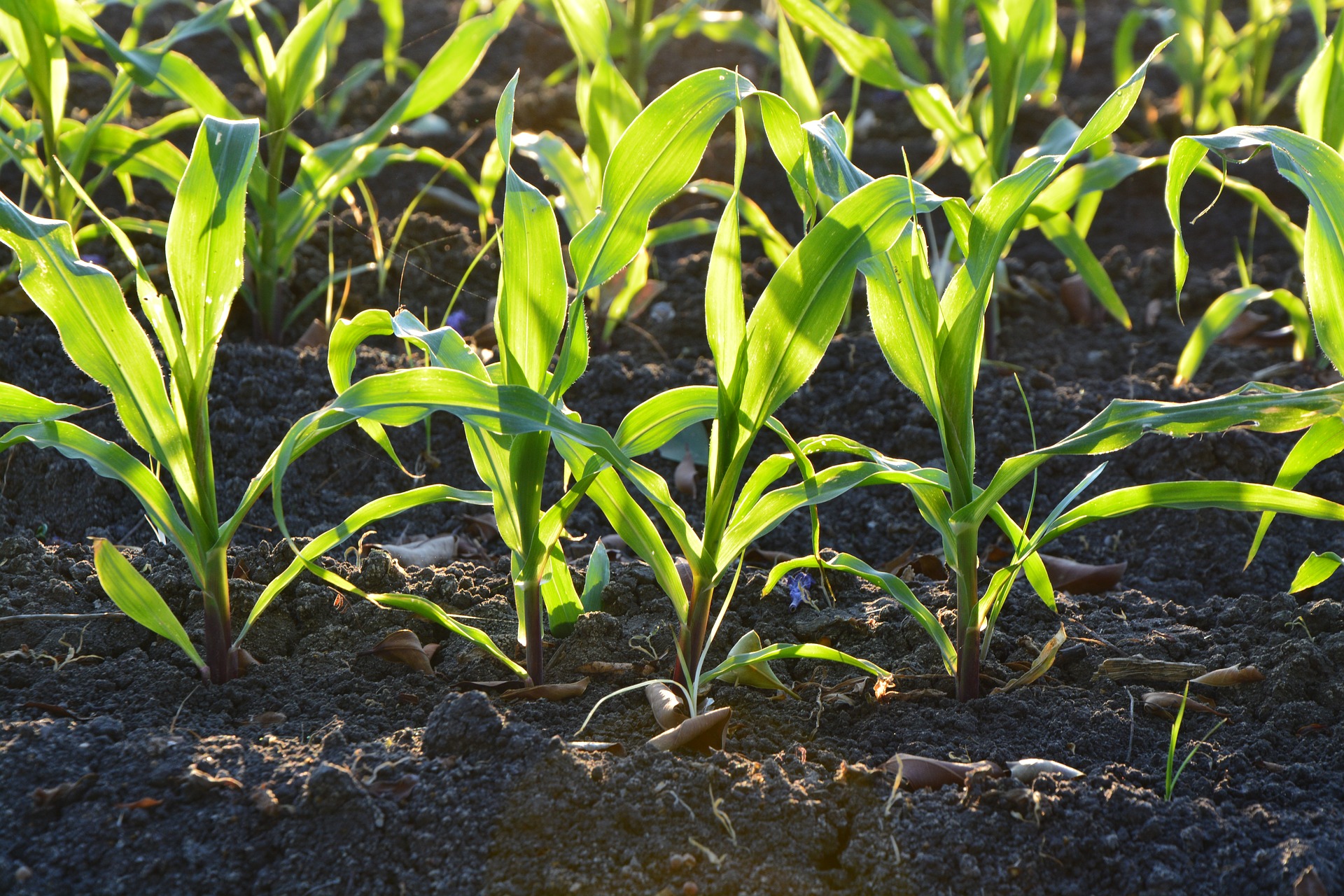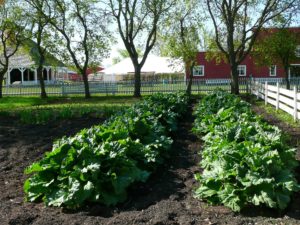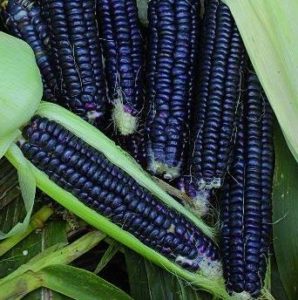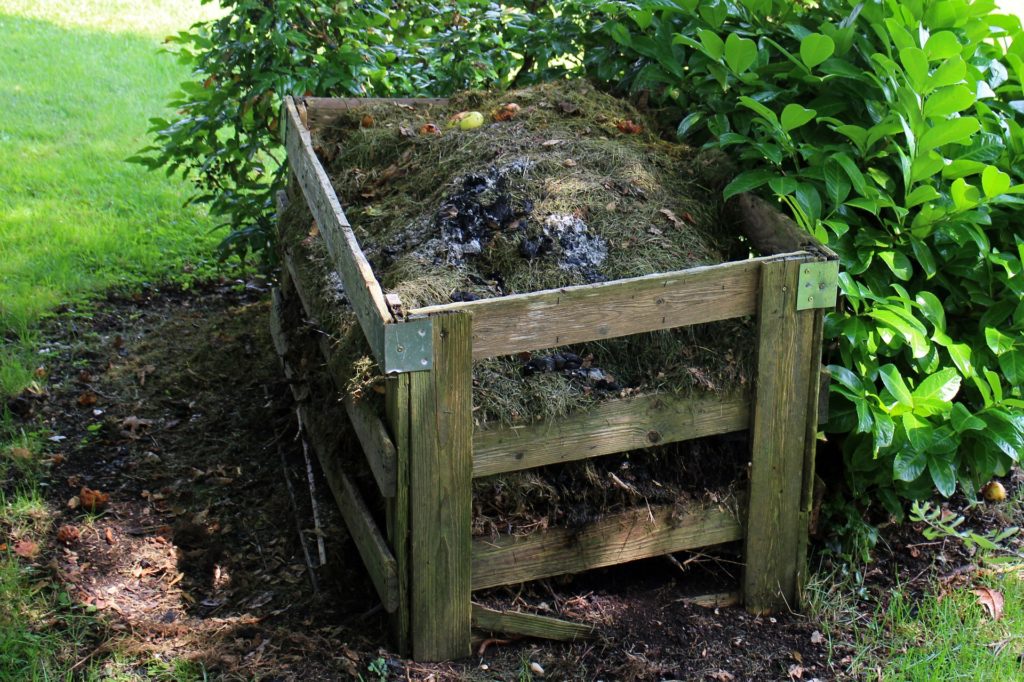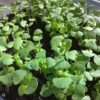Companion planting is a traditional gardening method that pairs certain vegetables, herbs, and flowers together to create natural benefits—such as pest control, improved growth, and better use of space. Whether rooted in time-tested gardening wisdom or supported by modern research, these combinations can help boost vegetable yields without relying on synthetic inputs.
For heirloom and open-pollinated gardens, companion planting is especially valuable. It encourages natural balance, reduces plant stress, and makes the most of every square foot in your garden beds. Below are some of the most effective companion planting combinations you can try this season, along with practical tips for each pair.
Continue reading Top 11 Companion Planting Combinations to Boost Vegetable Yields